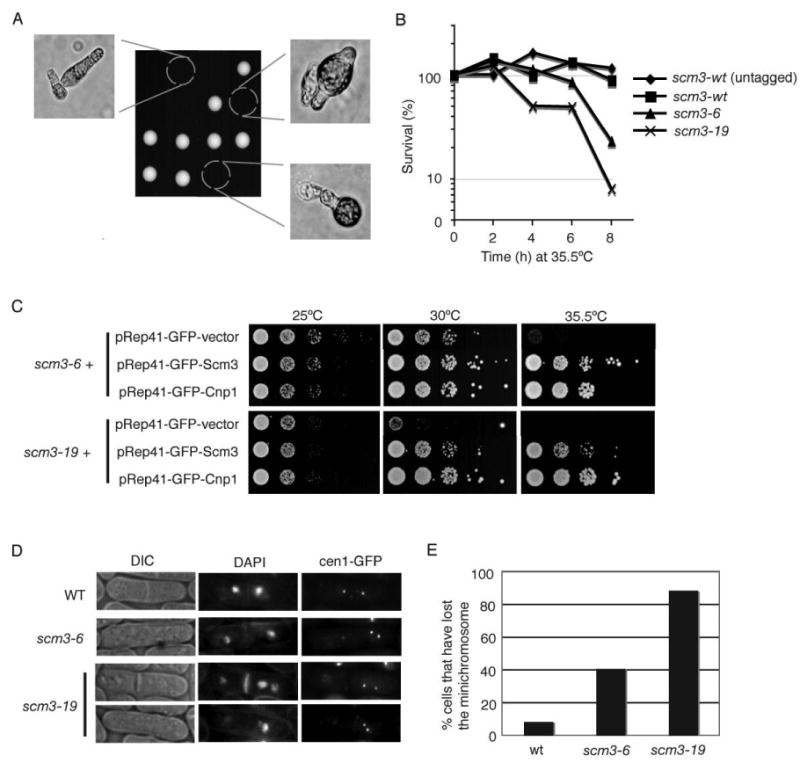Figure 2. Fission Yeast Scm3 is Essential for Centromere Function.

A. Scm3 is an essential protein. Tetrad analysis of an scm3+/scm3::kanMX6 diploid revealed that scm3::kanMX6 spores germinate but do not proliferate. All viable spores are Kan-.
B. Loss of viability of scm3-ts mutants at high temperature. The scm3-6 and scm3-19 mutants were grown at 25°C and then shifted to 35.5°C for the indicated periods of time. Cells were plated onto YES agar and colonies were counted following incubation at 25°C for 3 days. The untagged control strain is PR110.
C. The scm3-ts mutants are rescued by Cnp1 overexpression. The indicated strains expressing GFP-vector, Scm3, or Cnp1 under control of the nmt41 thiamine-repressible promoter were spotted in 10-fold serial dilutions onto selective medium containing thiamine. Leaky expression of Scm3 or Cnp1 from the nmt41 promoter in the presence of thiamine was sufficient to rescue scm3-6 and scm3-19. Rescue was also observed in the absence of thiamine (our unpublished data).
D. The scm3-ts mutants display unequal chromosome/centromere segregation. Missegregation of centromere I was observed in the scm3-6 and scm3-19 mutants grown for 6 hrs at 30°C. DAPI staining revealed binucleate cells with asymmetric nuclei.
E. Minichromosome 16 (Ch16) is unstable in scm3-ts mutants. The Ch16 loss assay (see Experimental Procedures) was performed following growth at 30°C for 16 h.
